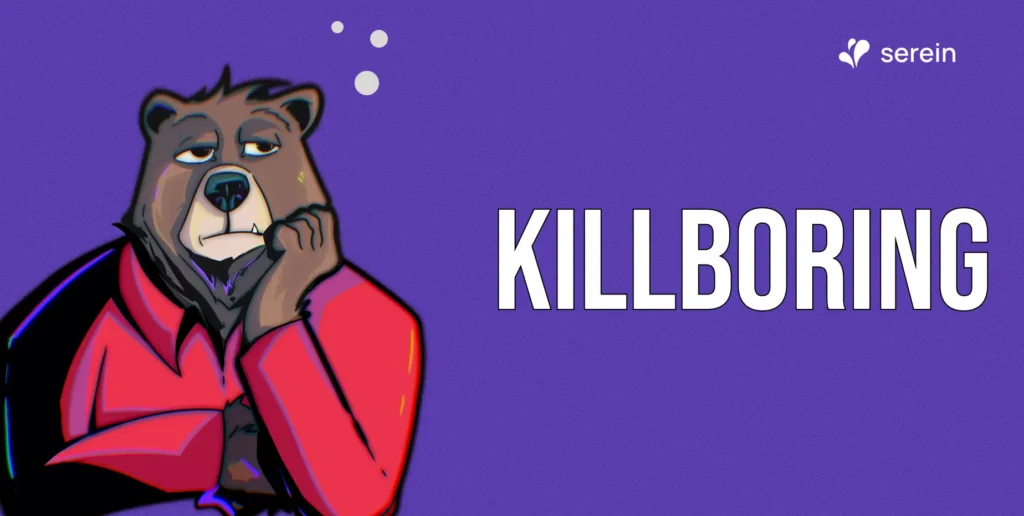Recent times when we think of technology, we hear about big data, artificial intelligence & robots, machine learning & speech recognition, precision healthcare & genomes, blockchain & cryptocurrencies, consumer & industrial internet of things to name a few of the technology trends. These technologies are evolving businesses, creating new markets and addressing customer needs. The same technologies are also used as game changers to attract, develop, and retain diverse talent.
Industry examples of tech for diversity
Recruiting diverse employees is just the beginning. What really matters is how well diversity is accepted & embraced by the organisation. This is where technology is proving to be a valuable tool to create a workplace environment promoting inclusion of diverse employees.
- To avoid the unconscious bias during recruitment, Unilever stopped visiting the campus for young talent recruitment. Instead they relied on artificial intelligence (AI) algorithms to scout for early career individuals. The company used social media platform to advertise the roles, online gaming to assess decision making skills, screened videos instead of resumes using AI to assess softer skills. Through this tech based recruitment, they made 450+ hires across the globe with a significantly high percentage of gender diversity.
- A college in Rajasthan, addressed the huge demand for solar power engineers by training hundreds of rural uneducated women from across 63 countries, teaching them solar technology. The trainer taught them to match the colour & number of items to assemble, build & repair solar lanterns for rural homes. These women now install solar power based appliances in their villages fulfilling the role of a solar power engineer.
- Dr. Richard Greene, Director at NYU Langone Medical Center, recruited a transgender individual to present a medical illness case study from the trans community. Such a simulated approach added value for the medical students increasing their awareness & sensitivity towards transgender care.
- A recent tech innovation from a Google patent, claims a videoconferencing “telepresence” drone for collaborating with people working remotely. The drone basically operates from the remote location carrying a projection system for beaming images from the remote pilot onto walls, as well as an audio system for communication. Some companies are even implementing augmented reality technologies to develop telecommuting devices.
Tech for making disabled-inclusive workplaces
A fully inclusive workplace needs to be contemporary yet universal in design, integrating disability-specific accommodations for the specially challenged employees. Implementing technologies for the visually challenged: 3D printed Braille labels, specially designed computer keyboard with Braille scripts, AI-based mobile app (‘Seeing AI’ from Microsoft) can go a long way in making them feel comfortable and better interact with teammates & work with productivity.
Nearly 70 million specially challenged people across the world communicate in sign languages. Tech devices with 3D camera & machine learning algorithms can convert sign language into text and vice versa. Such devices help people to communicate and connect with speech-impaired & hearing-impaired individuals even though they don’t understand sign language. These tech-based specialised products & communication devices create a more inclusive workplace towards the specially challenged employees.
Tech’s potential as a diversity game-changer
Technology has immense potential to be a diversity unifier, eliminating workplace bias while strengthening inclusion. Creating a technology driven workplace environment that appreciates diversity for the value it brings to the organisation is a goal for most big players. All companies with the aim to better design future products including the robots & AI machines, would benefit tremendously by embracing tech-led diversity & inclusivity.
Reach out to us at hello@serein.inc and speak to us about making your workplace technology more inclusive of everyone.
About the Author
Parnasree Maiti is a technologist with 15 years in the Corporate R&D. She is currently the Founder Director for STEP Edge, a short news platform on science & technology trends. To know more about her thoughts on technology trends visit the STEP Edge website www.stepedge.in.


